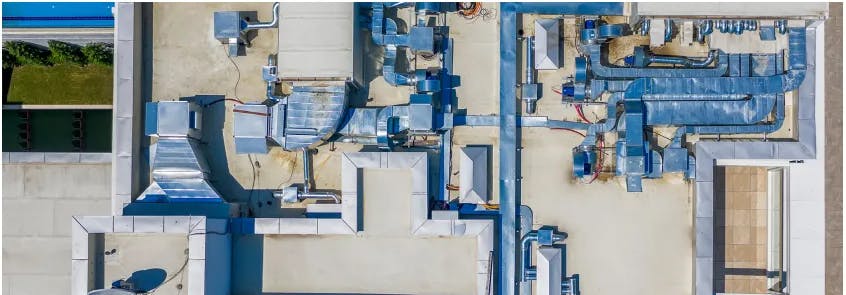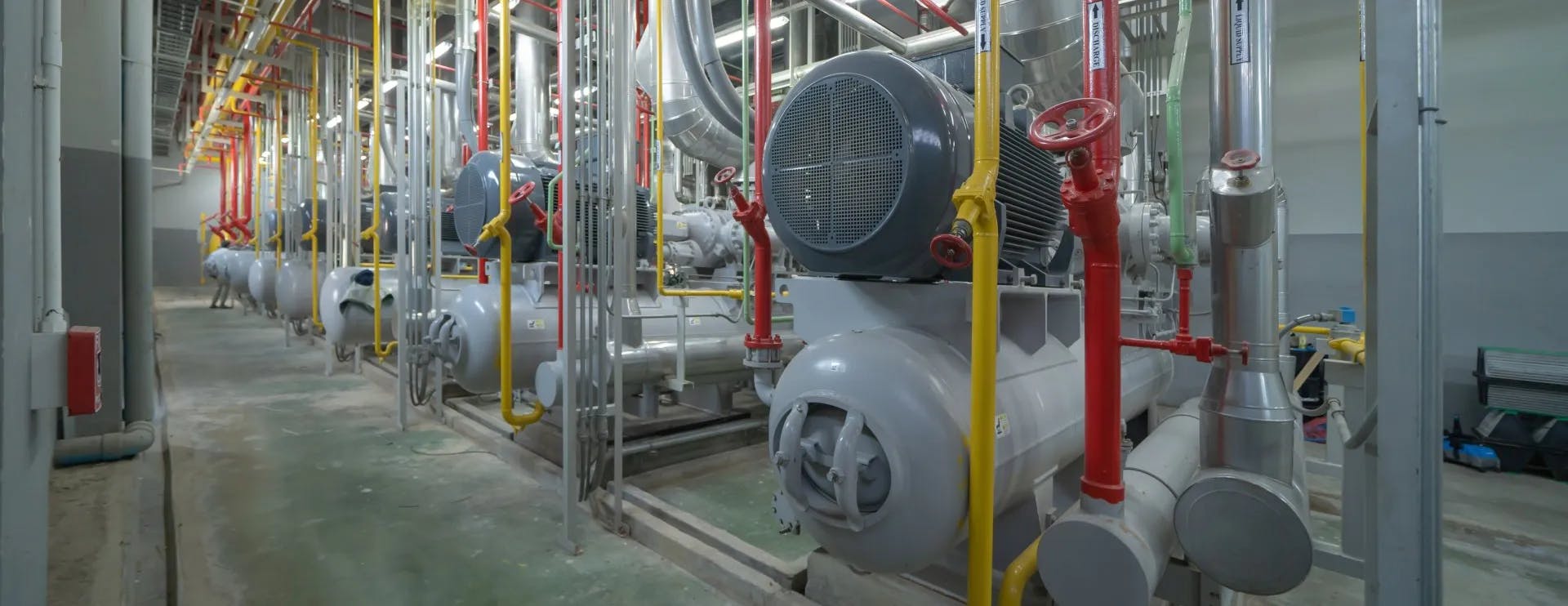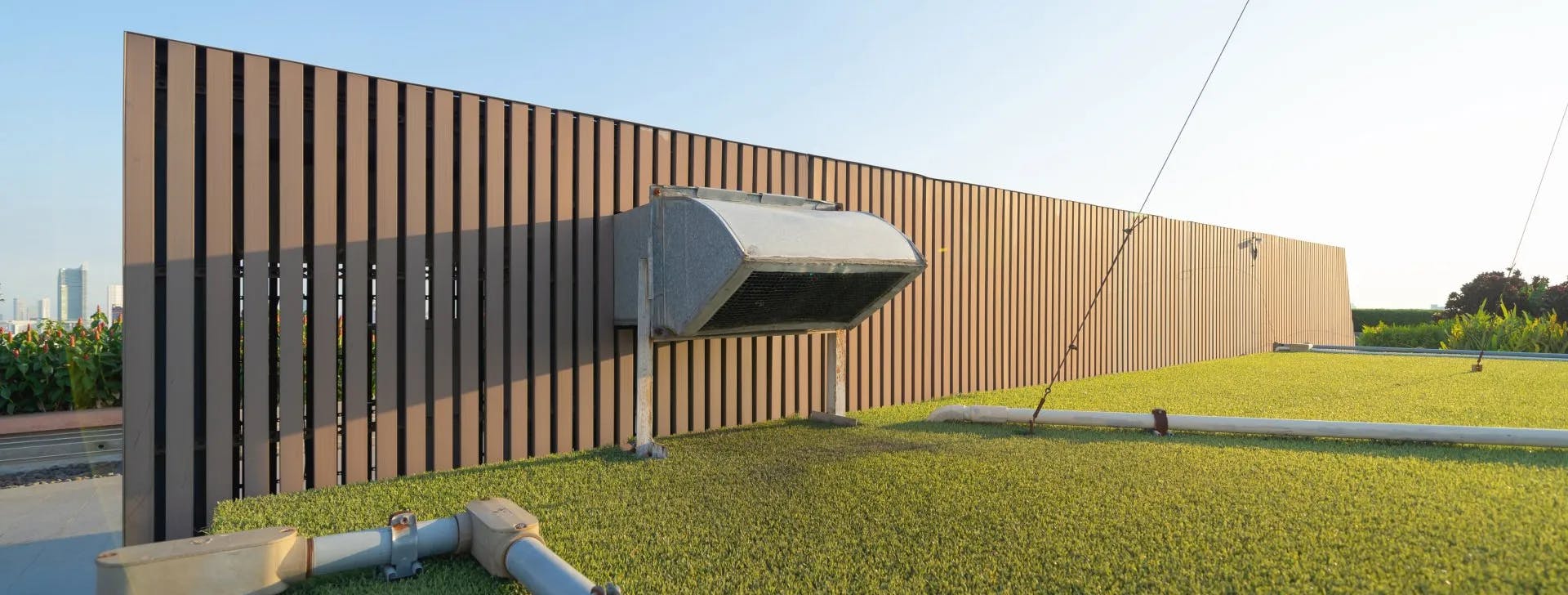
The Building Design Challenge
Buildings are intricate machines with several interdependent and independent components. With the increasing complexity of building systems and the pressing challenge of climate change, it is becoming crucial for design teams to optimize their efforts through design digitization and automation. Throughout the past decade, several novel technologies have emerged with roots in Building Information Modeling (BIM). These technologies can help design teams save time and ultimately make a project cost-efficient for the owner.
One of the most time-intensive design stages is the identification of cost- and resource-efficient pathways for integrating the mechanical, electrical, and plumbing (MEP) systems in the building design. Optimizing this stage can considerably add to the pace and profitability of the project while ensuring accurate estimation of the occupants’ need for lighting, comfort, and more. This blog outlines our recently published e-book, Understanding Thermal Load Modeling’s Impact on Cost and Time Savings, which provides crucial information around the calculation of loads, common load modeling methods available, and how design teams and owners can leverage modern tools for cost and time savings.

Thermal Loads and Types
Design teams account for the thermal loads caused by all aspects of a building’s internal and external conditions via computer simulation. Thermal load is the net heat content in the built space that must be counteracted to facilitate stable and comfortable thermal conditions for the occupants. A high positive thermal load implies an increased need for active cooling measures and vice versa. Thermal loads are expressed as the total ‘heat gains’ – addition of heat to the space, and ‘heat losses’ – rejection of heat from the space. For example, the radiant heat from a warm ceiling is quantified as heat gain, and the conduction through the envelope to colder external temperatures is heat loss. Gains and losses originate from several sources, including the building envelope, occupants, windows, indoor equipment, lighting, etc.
Since loads, gains, and losses are manifestations of heat (expressed in Watts or Btu/h), these terms are often used interchangeably. Thermal loads significantly vary with the time of day and time of year. However, they are mainly expressed as instantaneous peak loads, allowing the architects and engineers to design for the worst-case scenario. There are several more distinctions of thermal loads for various design intents, including Heating Load, Cooling Load, Peak Load, Coincident Load, Sensible Load, Latent Load, Internal Load, and External Load. For more detailed information around specific thermal load distinctions, please view our e-book.
Load Assessment
Assessing the thermal loads through the distinctions listed above is one of the central tasks of the detailed design phase. This assessment broadly includes estimating the thermal effect of (a) the outdoors through the building envelope and glazing and (b) the indoor heat sources, including appliances, lighting, and occupants. The thermal loads are estimated for a typical year, considering the seasonal and hourly peak variations of the physical parameters and occupancy schedule. An accurate estimation of the thermal load enables the design team to assess the potential of passive cooling and heating interventions and, more importantly, prescribe the specifications of the active modes of heating, ventilation, and air-conditioning (HVAC).
The HVAC system contributes to nearly one-third of all operational costs for a typical building in hot and humid conditions. Therefore, optimizing the size and operation of the active conditioning devices (heaters, heat pumps, air conditioners, chillers, etc.) stands as one of the most effective strategies for long-term energy efficiency, cost savings, and climate action. Typically, the engineering team deploys one of the two approaches for calculating the thermal load in a building based on the scale, function, and rigor of the design project: the first approach uses rule-of-thumb calculations using spreadsheet-based tools. In contrast, the second approach uses sophisticated standalone or cloud-based software.
The two approaches for estimating the thermal load rely on internationally standardized calculation methodologies, such as the one proposed by Heat Balance Method in ASHRAE Handbook – Fundamentals. Some relevant international standards include ISO 52000, ANSI/ASHRAE/ACCA Standard 183, and ANSI/ASHRAE Standard 55. This process involves four key steps, outlined in our e-book.

Priority to the Modern Approach
Engineers have been sizing HVAC components based on rule of thumbs since the advent of HVAC technology. While these intuitions are rooted in realistic estimates of cooling capacity per area and type of building, recent advancements in the field have paved the way for more detailed and accurate analysis that can be performed just as quickly. Standalone or web-based load modeling tools (referred to as the modern approach) have significant advantages over the rule of thumb approach for load modeling. For example, the rule of thumb approach may be suited for small, simple buildings. However, the results of rule of thumb estimates become quite difficult to trust once complex geometries are introduced. The modern approach provides more accurate and reliable estimates for energy consumption and the indoor environment for buildings with large floor areas or complex geometries. Check out our e-book for a full breakdown of the advantages of the modern approach to load modeling.
Standalone and Web-based Tools
As mentioned above, load modeling tools based on the modern approach can be broadly categorized as standalone tools and web-based tools. While effective as powerful engines for producing accurate outputs, standalone tools lack the flexibility and cost-effectiveness of equally powerful web-based tools. Web-based tools make the design process more accessible, collaborative, cost-effective, and scalable, when compared to standalone tools. Looking for more? Our e-book contains a full comparison of standalone and web-based tools.

The Promise of Web-based Tools
With their superior flexibility, accessibility, and ease of use, web-based load modeling tools reduce project turnaround times from days to hours. A reduced turnaround time – in the form of billable hours of the design team – directly enables firms to increase their profit margins. In addition to the crucial aspects of cost and time reduction, these tools facilitate a constructive and interdependent relationship between the architecture team, the engineering team, and the owner.
The ease of accommodating and observing the effect of the end-users’ design expectations in real time also provides an increased awareness of the building design and operation process for optimum efficiency and comfort. The web-based tools help the design team and owner achieve their common goal of an efficient, comfortable, and user-friendly building with ease, transparency, and cost-effectiveness. Widespread adoption of these tools will facilitate more sustainable and climate-resilient buildings and help progress the common global cause of climate action.
For more information around web-based load modeling and BIM tools, check out our e-book, Understanding Thermal Load Modeling’s Impact on Cost and Time Savings.
